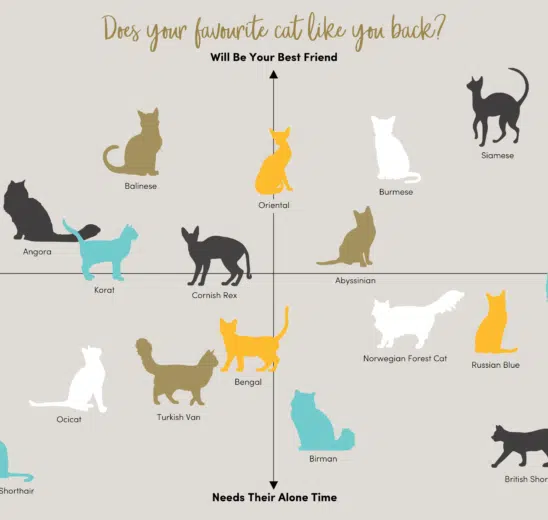Confused about pet food?
Feeding your pet good food keeps them well and you both happy. If you’re not sure what is best for your furry friend when it comes to their food, you’re not alone. The first thing you need to do is to start looking closely at the labels. If you know what to look for and what to avoid you and your pet will reap the benefits.
Making good choices for your pride and joy
The pet food shelf can be an overwhelming place. With so many choices it’s hard to know what to look for. Luckily Applaws is here to help! When it comes to choosing good nutritious food for cats and dogs the first rule is to read the label and the first thing on the label you want to check is the meat content. It’s important.
A well pet has well-informed parents
Finding the right product for your pet can make a real difference to their health and well-being. It may surprise you to know that even though meat should constitute a large part of cats and dogs natural diet, some brands contain as little as 3%.
Meat is essential for pets to function, thrive and live long and healthy lives. Unfortunately, all pet-food is not created equally. Many pet-owners are not aware that Australian guidelines define meat in pet food as vaguely as “anything that comes from the animal”. This can mean feathers, hooves, entrails, bones and organs, it’s then processed, coloured and flavoured to look like meat.
Just as the quantity and quality of meat can vary enormously from one brand to another, a higher price tag is not always an indicator of higher quality.
Be happy knowing what your pet is eating
Here’s a few simple rules to follow:
- Turn the pack over and read the ingredient label. It may sound obvious, but the picture and words on the front don’t tell the whole story.
- Meat should be the first ingredient listed – it means it is the main component of the food.
- Look for a specifically named meat (e.g. chicken, lamb or beef) and avoid vaguely labelled ingredients such as “meat”, “meat meal” or a “lucky dip”
- Avoid animal derivatives and by-products completely
- Look for a short list of ingredients – as a general rule this helps to avoid pet food with cheap fillers, colours, sugars and additives disguised as meat.
Label Examples
- Unclear and non-descriptive:
Meat & Meat derivatives (Poultry, Beef and/or Lamb); Cereal(s) & Vegetable(s); Fish (Including Salmon); Vitamins % Minerals; Flavour; Thickeners; Colours; Sugars
- Clear, precise and stating Chicken as first ingredient:
Chicken, Chicken broth, Wild Rice.
Finding the meatier option need not be a challenge if you follow these simple tips. The better quality the meat you feed your cat or dog, the better their general health, energy and lifespan is likely to be. Pets who regularly eat a high quality meat diet need to eat less and it can work out more cost effective over time, especially when you factor in any additional expenses relating to poor health. Next time you’re at your local supermarket or pet store, do the meat-test. You’ll thank us for it and so will your pet.
Like to know more? Follow the great information available here http://www.petfoodreviews.com.au/analysing-ingredients/



